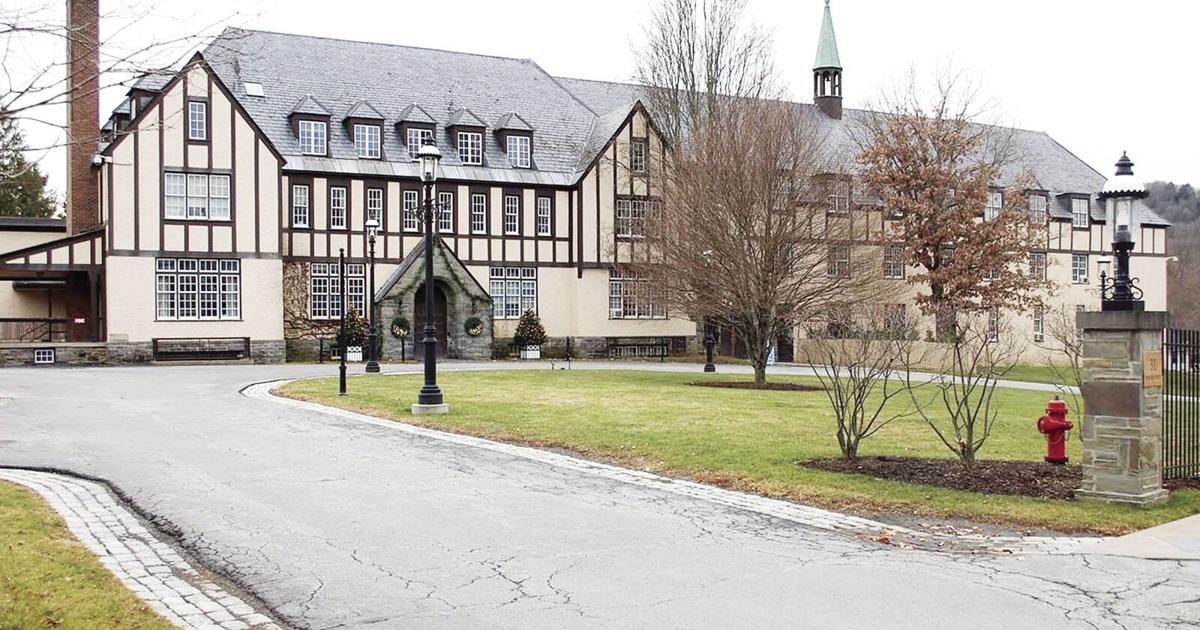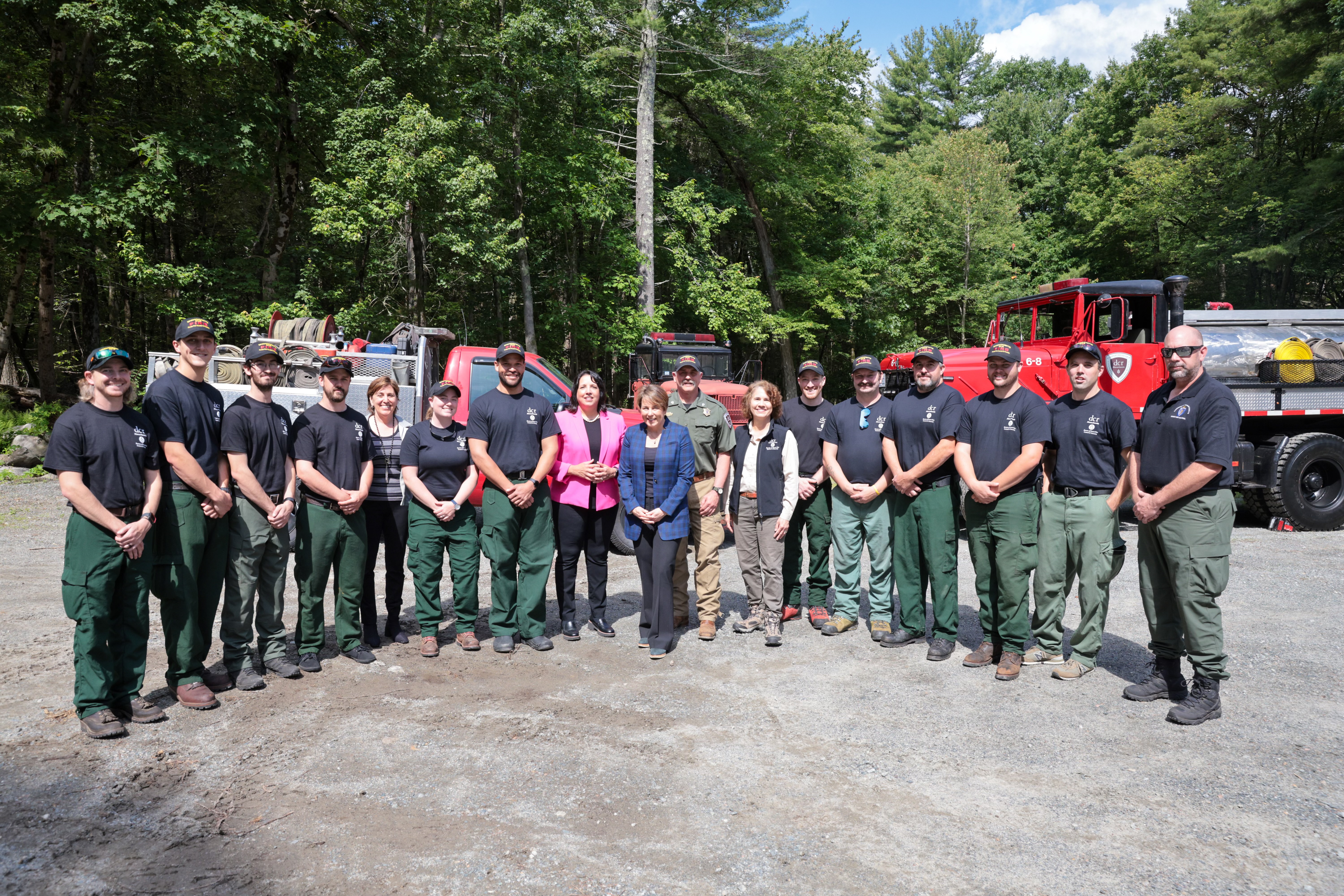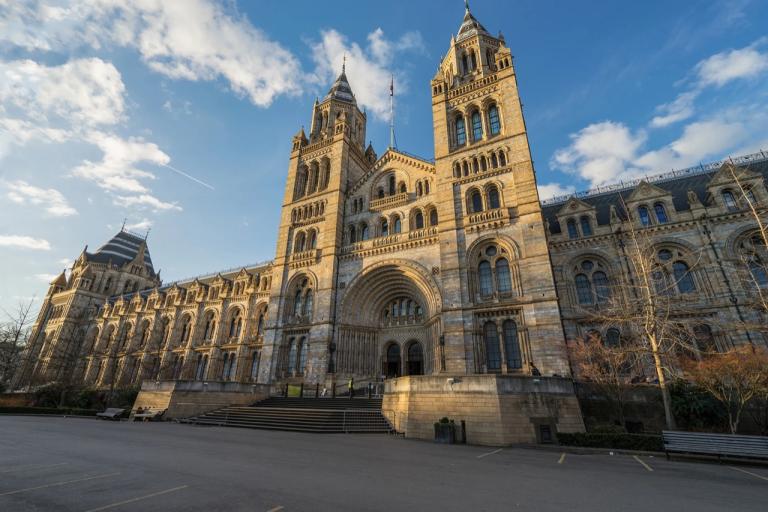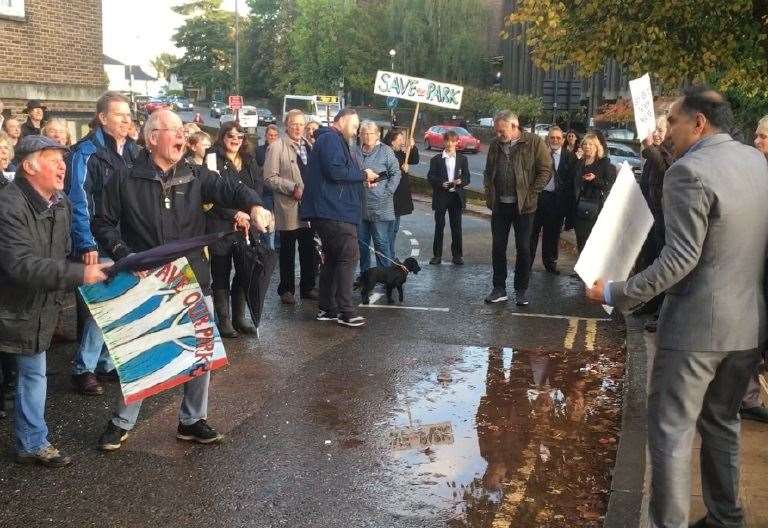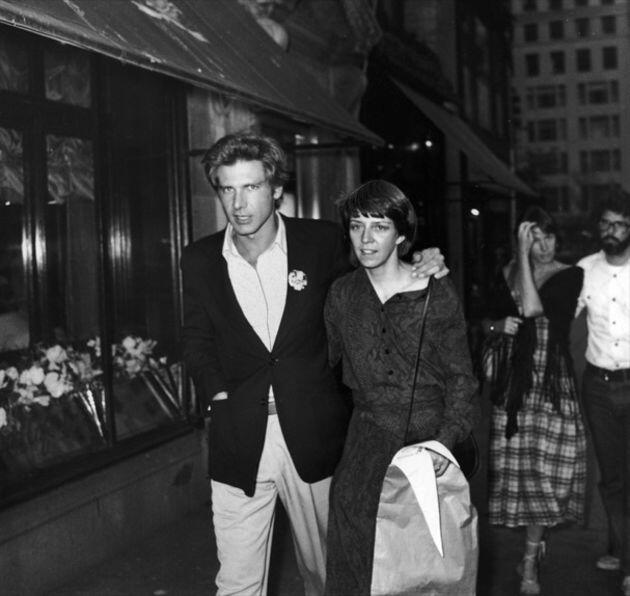Some guy named Brady has gotten the title of “Greatest Of All Time,” or GOAT for his football achievements in our recent era.
In Cooperstown in 1928, another guy named Brady likely had a similar title, for what he was remembered for in the village.
While locals said farewell to this achiever, they also gave first glances at one of the village’s new landmarks.
Both newsmakers were part of Cooperstown’s life and times in the spring of 1928.
HERE’S A STORY — OF A MAN NAMED BRADY
Readers of the Otsego Farmer of May 11 found out, “Paul T. Brady, who at the beginning of a distinguished career in the electrical world, gave Cooperstown its first electric lights and its first telephone service, died suddenly on Thursday of last week.
“Mr. Brady … was born in the town of Exeter where he lived until he became of age. He graduated from Philips Exeter Academy and taught school for a time at Schuyler Lake and later in the town of Springfield.
“Coming to Cooperstown about 50 years ago he took in hand in the fall of 1882 the establishment of the telephone and under his supervision the first line was built from Cooperstown to Oneonta. The first office here was opened in the Schrom building on Main street December 15th of that year. A central office was established June 18, 1883. There were then 13 subscribers. In 1886 there were seventy subscribers.
“Cooperstown was for years lighted with gas. Mr. Brady in 1887 established the first electric light plant in the building which is now a two-family dwelling at the corner of Elm street and Susquehanna avenue.
“Referring to the first electric light in the streets of Cooperstown a local newspaper of that time said: ‘Monday evening, December 19th, marked a new era in history of Cooperstown. On this night the streets were for the first time partly lighted under the Edison three copper wire system. Between 7 and 8 o’clock the main streets of the village were unusually crowded with people. A few minutes after 8 o’clock the sudden flashing of the strong white light on the faces of hundreds of watchers was received with loud and joyous shouts of greeting.’”
Paul T. Brady’s talents were put to work at other utilities around the state, after he was appointed manager of the Westinghouse Electric and Manufacturing Co. in New York City.
Brady spent the final years of life at the home of his son, Arthur, in Portland, Oregon.
NEW FOUNDATION BUILDING IMPRESSED MANY
As the Otsego Farmer of June 8, 1928 reported, “Cooperstown people who had the opportunity to go through the new building of the Susan Fenimore Cooper Foundation on Beaver street, which has been in use for about ten days, are deeply impressed with the complete manner in which the requirements for caring for and instructing a large body of children have been met.
“The structure is a large one, fully 200 feet in length, two stories and basement high, but it is the beauty of the old English style of architecture which has been so successfully carried out by the architects, Kinne & Frank, of Utica, that engage the attention of the observer, set in spacious grounds which have been landscaped most attractively, the new home of the Foundation is an outward appearance a great credit to Cooperstown and to the Protestant Episcopal church in the Diocese of Albany by which it is conducted.
“In 1916 a general campaign for construction and endowment of the Foundation was held which resulted in the raising of a fund of $250,000. Of this amount $100,000 was placed in the endowment fund. During the period which has elapsed since that time the $150,000 balance with interest and special gifts has increased to a sum which has been sufficient to cover the entire cost of the new building.
“The building which the new structure has replaced was burned November 1, 1926. Some of the old walls were utilized but the building is entirely new throughout, the old frame school building having been removed.”
On Wednesday, a change in the old baseball guard in Oneonta in 1998.
Oneonta City Historian Mark Simonson’s column appears twice weekly. On Saturdays, his column focuses on the area before 1950. His Wednesday columns address local history 1950 and later. If you have feedback or ideas about the column, write to him at The Daily Star, or email him at [email protected]. His website is oneontanyhistorian.com. His columns can be found at www.thedailystar.com/opinion/columns/.

